- Home›
- Healthy Living›
- 6 Home Remedies To Treat Runner'd Knee
6 Home Remedies To Treat Runner'd Knee
By: Kratika Maheshwari Thu, 10 Nov 2022 4:33:34
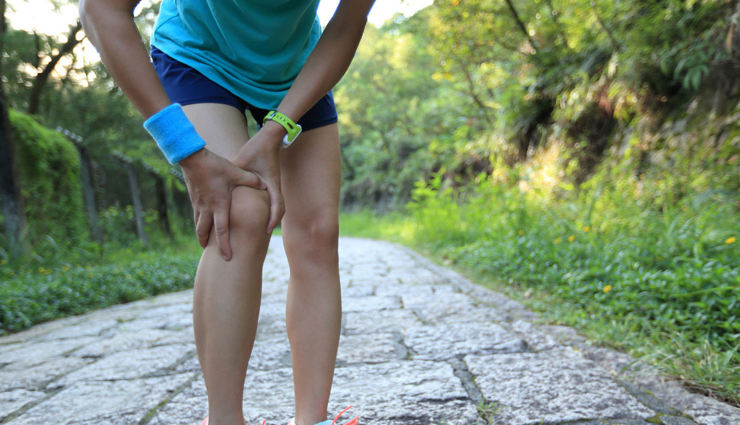
Runner’s knee or patellofemoral pain syndrome is something many athletes are familiar with. But though its nickname would have you believe a sedentary lifestyle can keep you safe, the reality is patellofemoral pain syndrome is one of the most common knee problems people face. The condition prevents your kneecap from running up and down smoothly in its groove and causes pain. Here are a few things that you can do to tackle this problem
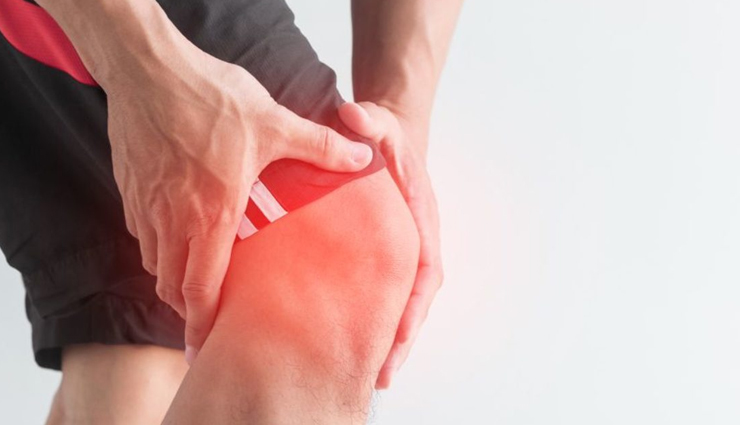
# Rest Your Knee
Reducing the load on your patellofemoral joint or the joint formed by your thigh bone and kneecap is the first step to reduce pain. Don’t engage in any activity that causes pain. Resistance training exercises (like lunges and full squats) and high-impact exercises (like step aerobics) should be avoided. Also, avoid kneeling, squatting, taking the stairs, sitting for long periods with your legs bent, and wearing high-heels. If you run frequently, aim for shorter distances and steer clear of hills. Keeping your leg straight or only slightly bent can be helpful as it puts less pressure on the joint.
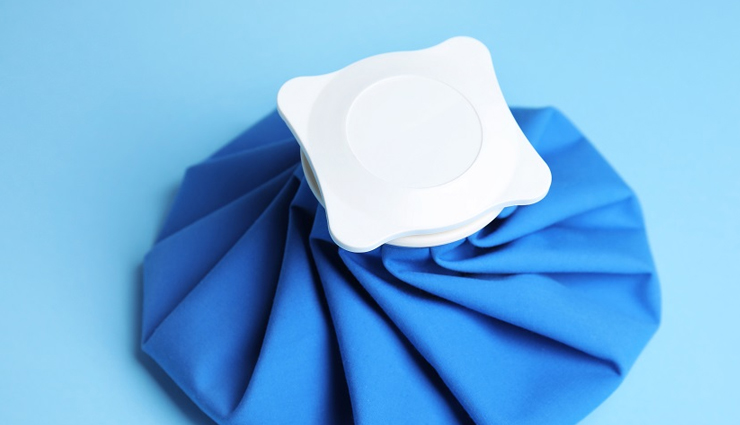
# Apply Ice Packs
Ice packs reduce the inflammation and provide temporary relief from pain. So, apply an ice pack to your knee for about 15–20 minutes every 2–3 hours. But do not apply ice directly on your skin. Wrap the ice pack in a towel so that you don’t get an ice burn.
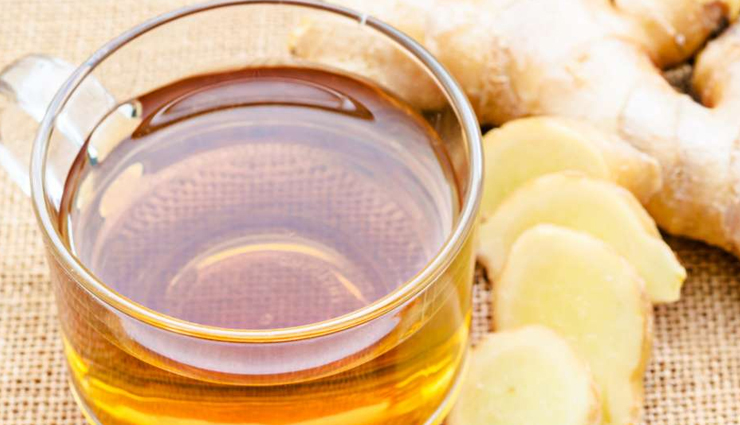
# Have Ginger Or Turmeric For Pain Relief
Nonsteroidal anti-inflammatory drugs are sometimes used to ease the pain in people with runner’s knee if the application of ice doesn’t suffice. But if you’re looking for a natural alternative, you could try having a little ginger or turmeric.
Both these herbs are known for their anti-inflammatory properties. Moreover, research has found them to be comparable in effectiveness to ibuprofen, a commonly used nonsteroidal anti-inflammatory drug. You can have a cup of soothing turmeric or ginger tea or include these common spices in your cooking.
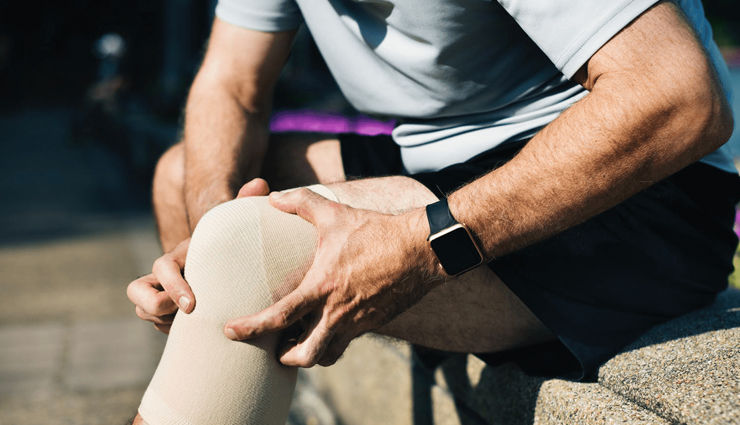
# Get Physical Therapy
Physical therapy has been found to be effective for treating patellofemoral pain syndrome. A workout plan may focus on strengthening the quadriceps since they’re directly involved in the movement of the kneecap. Your workout may also stretch the hamstrings, buttock quadriceps, and hip muscles as well as the iliotibial band, which goes from your hips to below your knees.
Your physical therapist will be able to design a personalized program for you that addresses the problems identified during your physical examination. For instance, some people may benefit from focusing on exercises that strengthen the quadriceps while others may require flexibility exercises for improving quadriceps flexibility.
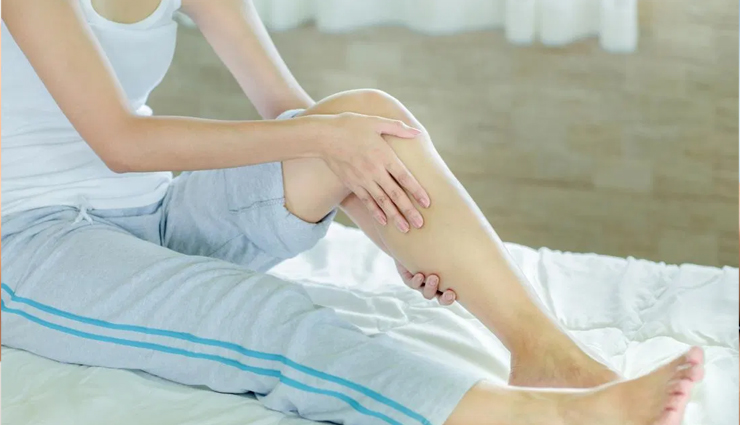
# Use Shoe Orthosis Like Insoles Or Arch Supports
Proper shoes can not only provide support and cushioning but also make sure that your foot movements are correct. But sometimes, you may need a little extra help. For instance, you could consider orthotic inserts, which provide additional arch support when you roll your feet inward. Research has shown that the use of insoles or arch supports can help certain people with patellofemoral pain syndrome. But do select an insert with a little give, like the ones made with ethylene-vinyl acetate foam. Rigid inserts such as those made from plastic can act against the natural ability of your feet to absorb shock as well as the cushioning and shock absorption athletic shoes provide.
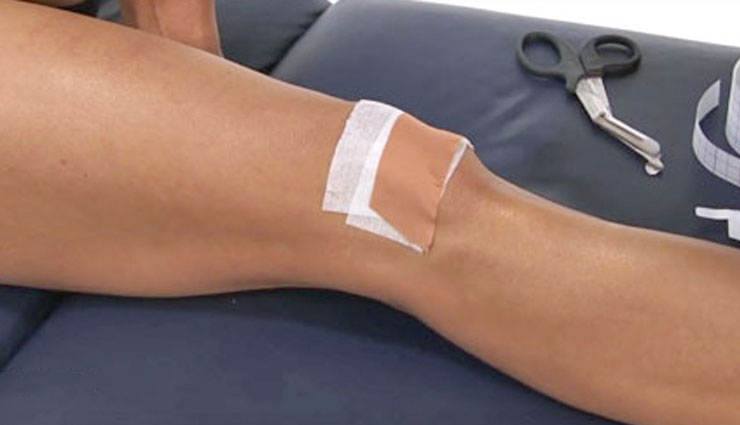
# Go For Patellar Taping Or Bracing
To keep your kneecap in position, your physical therapist may use tape to bind it or advise a knee brace. A variety of straps, braces, and sleeves are available. The taping and bracing techniques provide support to your kneecap and reduce the load exerted on it. However, studies have found that just using these contraptions without exercising or using other curative methods has low effectiveness.





